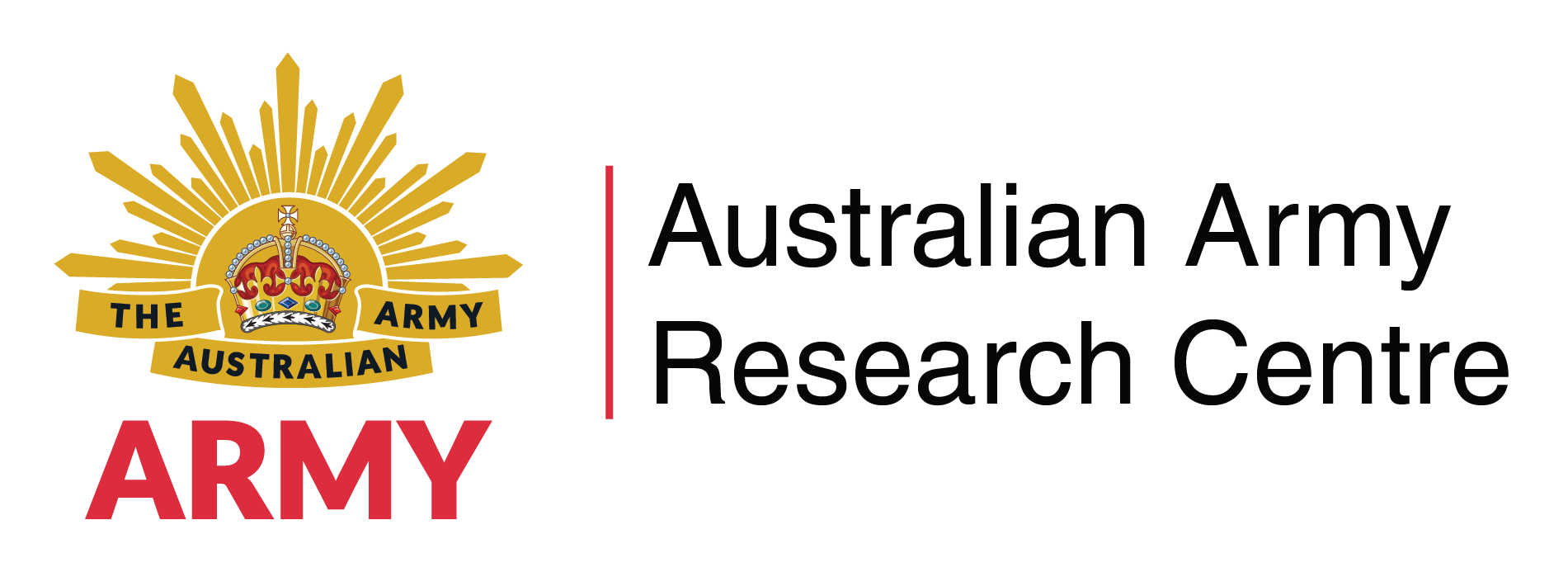Search
Using the filters to the left, click your selection, it will become bold and filter the results, click it again to remove that filter.
Abstract This paper presents a template of what to do and how to think if you want to influence others to join you in tackling complex problems in conditions of uncertainty, ambiguity and risk. It reports a study that (1) identifies what junior and mid-level military professionals perceive as being ‘good leadership’ from the perspective of followers, and (2) examines the evidence in favour of a leadership style that balances task and people requirements as the desired leadership mode within the military …
Abstract How does a small nation defeat an insurgency that has well-armed land, naval and air forces, that possesses a powerful and ruthless ideology, excels at information operations, extensively employs suicide bombing and terror tactics both nationally and internationally, controls a large territory and has strong global financial and moral support? How can a conventional military defeat hybrid warriors by learning and innovating in asymmetric warfare? Sri Lanka defeated the Tamil Tigers after more than …
Abstract Why is strategic thinking so difficult to cultivate within organisations? It is a general observation that organisations rely on either the emergence of strategic thinkers within the organisations or poaching proven strategic thinkers from other successful organisations. Public organisations, like the military, are often restricted in their potential pool of strategic thinkers. Would it not make more sense to grow a strategic thinking capability as one would build an offensive or defensive …
Jeffrey Grey, who died in his sleep from a heart attack on 26 July 2016, was an amazing man. Son of a general, he had a lifelong interest in the Australian Army and absolutely no interest in formally joining it. He used to remark that he was ‘of’ the Army, frequently ‘with’ the Army but never ‘in’ the Army. Fortunately for Army, he did not have to be in it to make a major contribution to its development and evolution. One of Jeffrey’s major frustrations was that he felt Army did training very well and …
Abstract Operational contracting is a common yet contentious component of military operations. The Australian Army recognises the role of contractors and has, to a degree, incorporated contractor services into its operational cycle. Although contractors are positioned to provide flexibility, responsiveness and cost-effectiveness to military operations, problems persist. The core conundrum is whether the use of contractors becomes either an expression of commercial capability or commercial dependency. …
Abstract This article examines military concept writing in terms of explorative and intentional concepts and contends that militaries ought to be circumspect about writing the latter because of their disposition to suppress innovation. The article contends that intentional concepts might be useful for relatively simple problems for which the means and knowledge to solve a problem are already available to an armed force but they are inadequate for the complex problem of future force development because …
Abstract A clear objective of the Australian Defence Force Total Workforce Model is to address cultural barriers that exist between permanent and reserve units in the Australian Army and to facilitate the combining of military and civilian careers. This article highlights ways in which social research into the distinctive military identity and service experience of reservists can facilitate this strategic direction. By drawing on existing international research on reservists the article provides the …
Abstract Nearly three decades after conducting landings at Rabaul and Gallipoli, the Australian Army undertook its next amphibious operation. 1 Over the next three years, Army mastered amphibious warfare, progressing from a rudimentary battalion-sized landing in October 1942 to a division-level amphibious assault in July 1945. The experience of the 2/12th Battalion – which participated in both of those landings – demonstrates how a shortfall in providing specialist amphibious training for infantry units …
‘Combat units drawn from the conventional brigades and divisions of the IRGC have been fighting on the front lines alongside Syrian and Iraqi militias and Lebanese Hezbollah since October 2015. The units appear to be deploying as cadres – bringing most of their officers… and plugging into Iraqi, Syrian, and Hezbollah militia groups that serve as their foot soldiers.’ 1 Abstract Western powers are not the only nations attempting to influence the balance of power in the Middle East through …
Abstract The aim of this article is to contribute to the understanding of how the war in Afghanistan has become Australia’s longest war despite its strategic irrelevance to Australia or lack of any significant cultural ties. It will do this by examining one small aspect of the war, the technique of securitisation which the United States and Australia employed in their own ways to advance their own goals. Introduction Afghanistan lies in what should be a part of the world that matters little to the United …
